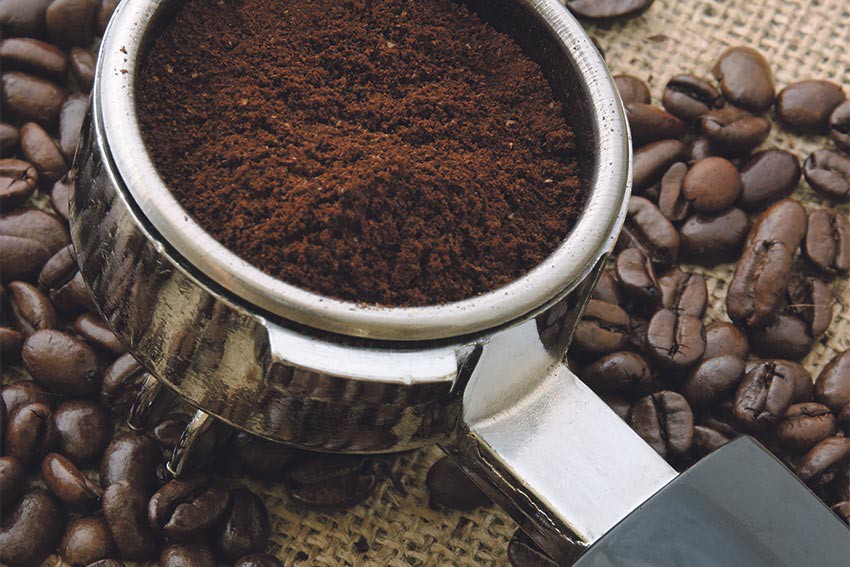There’s no café like home

At the early stages of my lifelong commitment to coffee, I remember a sales rep who came into the café I was working in.
The rep dropped off a sample for the boss to try which the boss then offered to me to take home as he was loyal to his current supplier. As soon as the café closed, I used the grinder to grind the beans before leaving. When I got home, I was faced with the ‘I have nothing to brew it with’ dilemma but I didn’t care, I was determined to try this coffee so I started to think like MacGyver and get creative. I found an old squashed teabag in the back of the cupboard and pulled off the string, carefully tore it open, poured out the tea, started spooning in the ground coffee and used the string to tie it back up again. It did work but I realised that this would be too time consuming on a daily basis so from that day on, I started saving for my first espresso machine. Some coffee boutiques have different brewing methods on offer for you to try, so pick the barista’s brain to find out what method could suit you for your home brewing. A few home brewing methods you may come across are: plunger (French press), stovetop (mocha pot), drip filter, pods, siphon, aero-press, Turkish (Ibrik), Vietnamese (flat drip), and espresso. Home sized espresso machines are available in automatic or manual. Some people like the automatic option where all you have to do is push a button; the beans are ground fresh, the milk is heated and out comes your latte. This is a great option for someone who finds the manual machines a bit intimidating or just don’t care for the making process. The down side is the automatic machines have lots of small plastic parts. They can break quite frequently and without your morning cuppa you could end up ‘sleeping’ your way to work. Whereas most manual machines are made in Italy with quality parts, and if looked after, can last a lifetime. An automatic machine is quick and easy but what if I told you a manual machine can be just as fast, providing the consumer has the right tools and basic training (sometimes supplied with a machine purchase). The time it takes you to prepare the ground coffee and cold milk, the machine is hot and ready to go, then it only takes 15 to 30 seconds to extract the espresso and 30 to 40 seconds to stretch and texture the milk. After enjoying your cup, rinse out the milk jug and put the used coffee on the garden (it keeps away the snails). Making a coffee manually can lead to a café level of satisfaction on your day off or even a fulfilment from the small achievement before work. Depending on your level of interest, or if you don’t want to spend too much of your hard earned beans, but still want better than the trusty instant then maybe a pod machine is for you. They are completely automatic and you can now get empty pod capsules so you’re free to fill them with any ground coffee you wish. When it comes to buying beans for home, just like tasting certain characteristics in wine, you can ask which flavour profiles will come from which beans and which brewing method is recommended to get the optimum of those flavours. Some beans can taste completely different depending on which way they’re brewed and within each method there are variations to create different flavour profiles, for example: the length of time the coffee is infused with the water to the temperature it’s brewed in. So no matter where you live in the world or what your personal tastes are, there will always be a method of brewing that ‘morning cup of glory’ in a way that satisfies your needs. Derek Crozier is the Managing Director of Freshly Ground Studio freshlygroundstudio.com.au